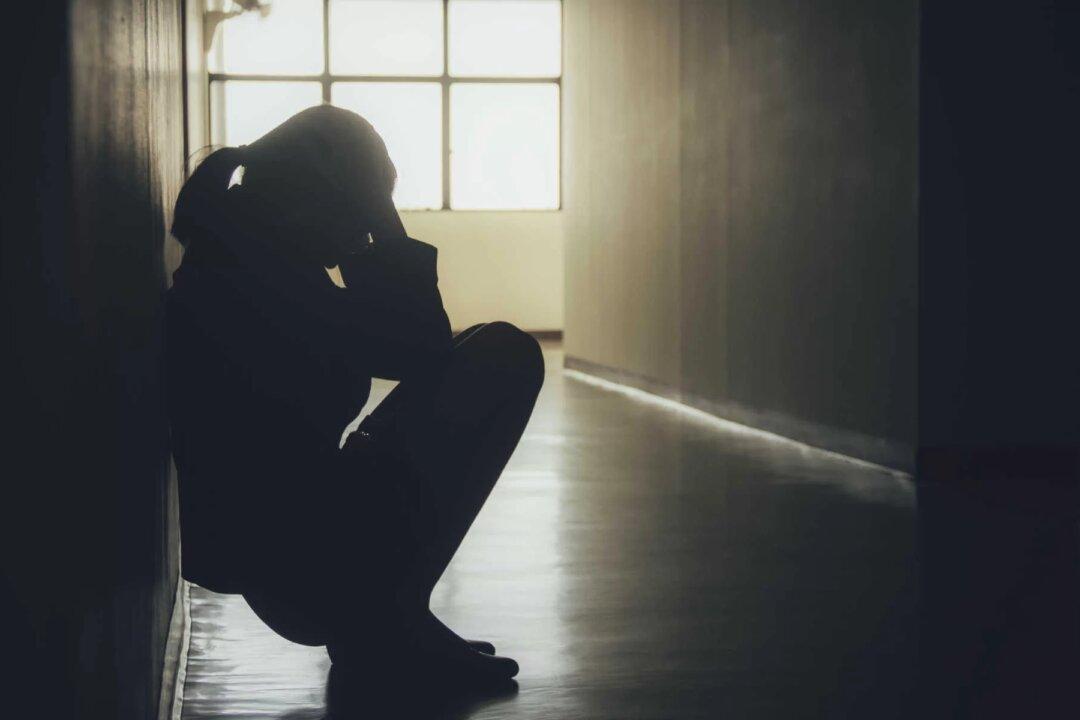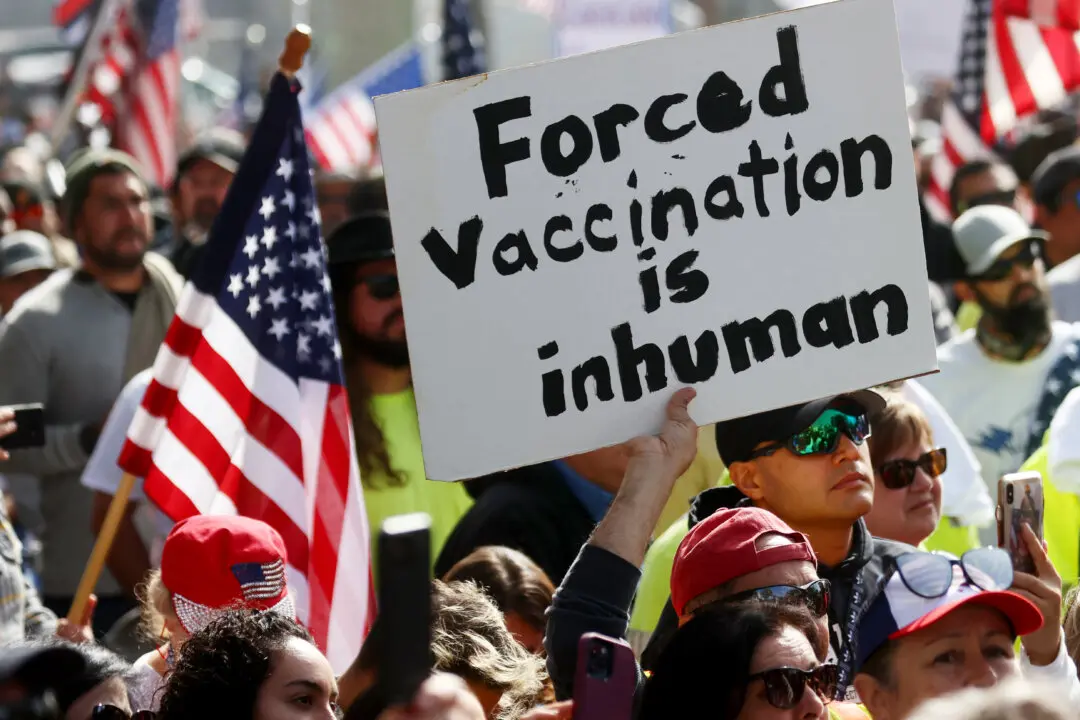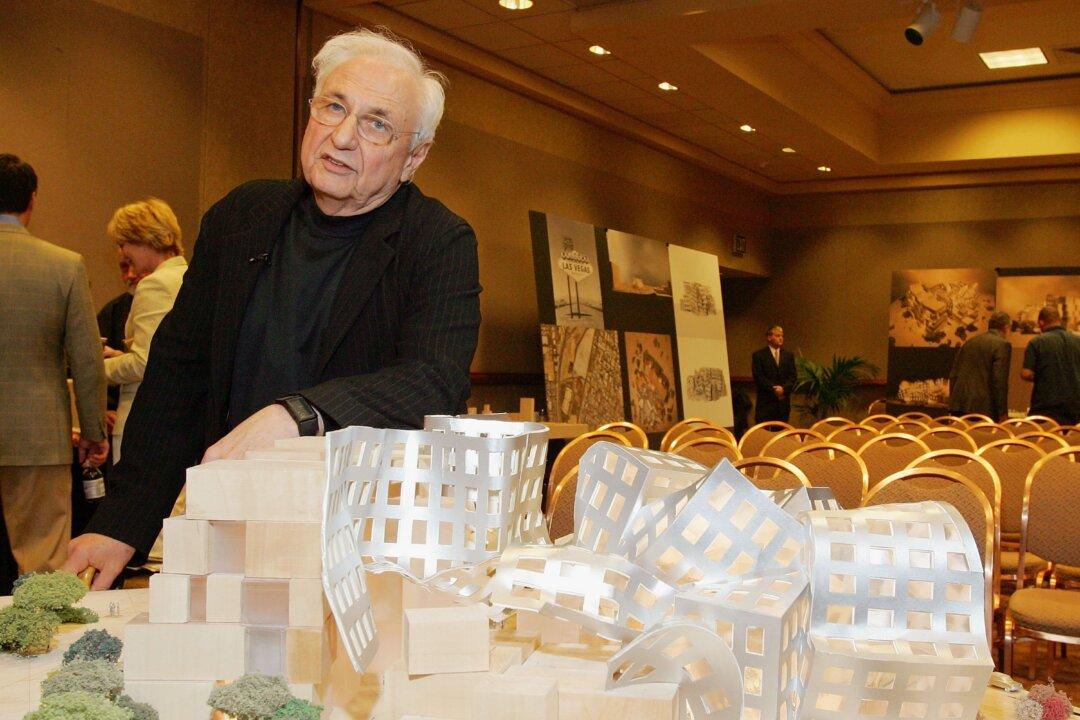Commentary
On April 15, 2020, a full month after the President’s fateful news conference that greenlighted lockdowns to be enacted by the states for “15 Days to Flatten the Curve,” Donald Trump had a revealing White House conversation with Anthony Fauci, the head of the National Institute for Allergy and Infectious Disease who had already become the public face of the COVID response.





